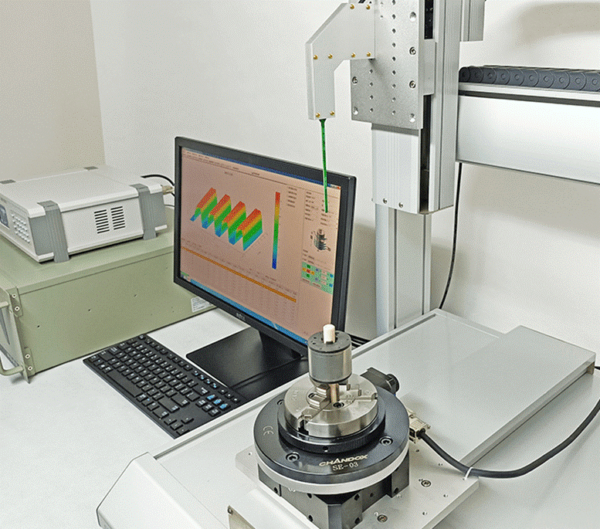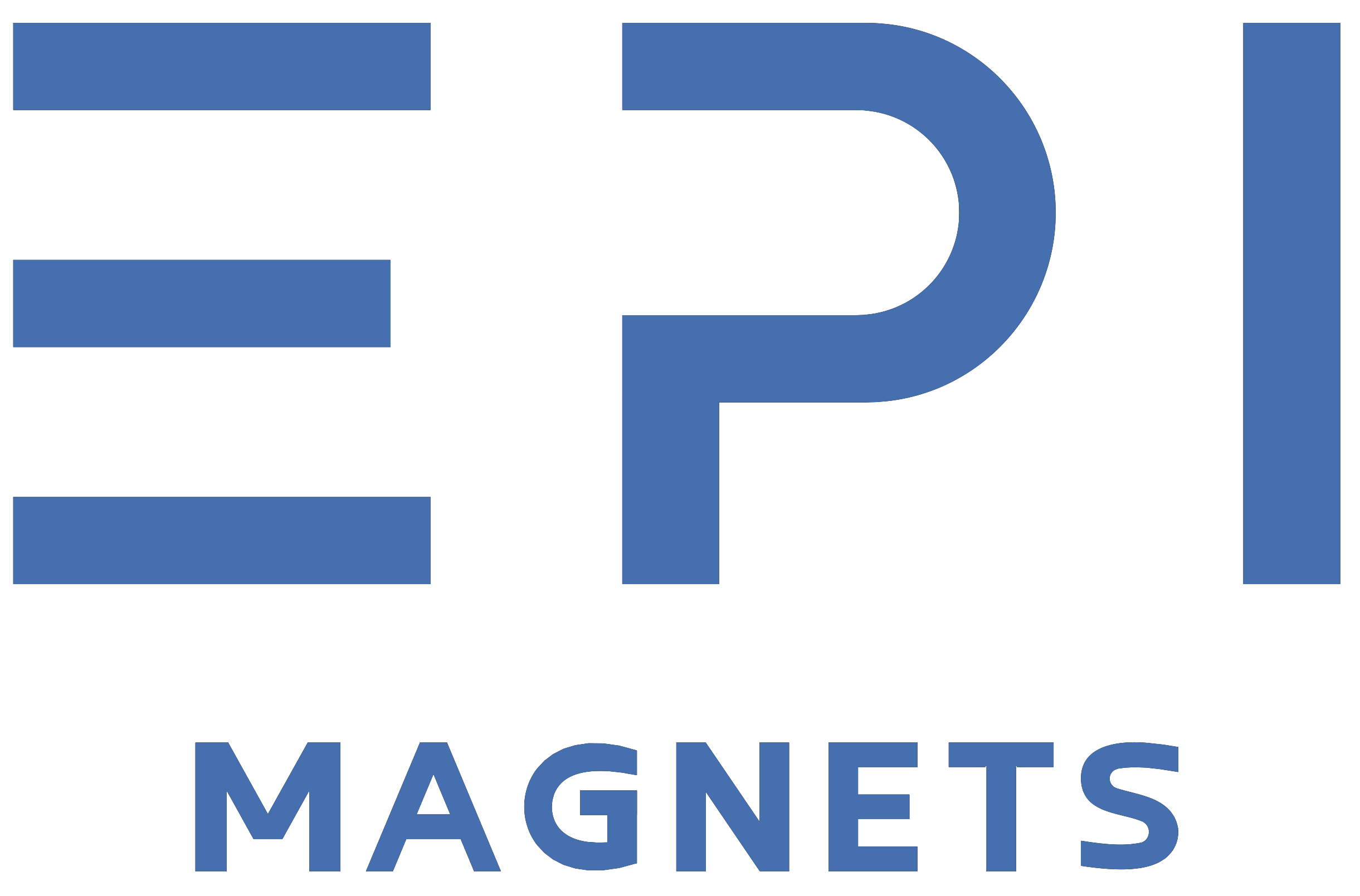Introduction
Magnetic field measurement is a crucial aspect in various industries, from electronics to healthcare. A Gaussmeter, also known as a Tesla meter, stands as the primary tool for this purpose. This guide delves into the workings of the widely-used Japanese KANETEC Gaussmeter and explores the principles and applications of magnetic field measurement.
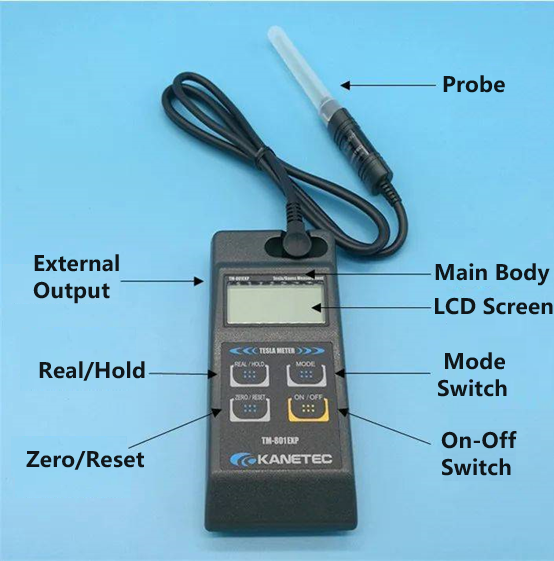
The Hall Effect: Core Principle Behind Gaussmeters
The Gaussmeter operates based on the Hall Effect. When a current-carrying conductor is placed in a magnetic field, a transverse electric potential, known as the Hall voltage, is generated due to the Lorentz force. This phenomenon forms the basis of Gaussmeters, which measure magnetic fields by detecting the Hall voltage and using the known Hall coefficient.
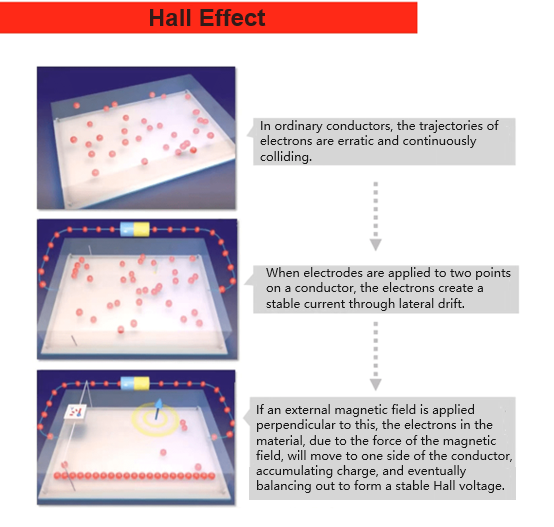
Hall Probes: Unidirectional and Three-Dimensional Measurements
Most Gaussmeters come equipped with unidirectional Hall probes, measuring magnetic field strength in one direction, perpendicular to the probe’s surface. However, in advanced applications, three-dimensional Hall probes are used, capable of simultaneously displaying magnetic field strengths along the X, Y, and Z axes. Through trigonometric calculations, these devices can determine the maximum field strength.
Measuring DC and AC Magnetic Fields
Gaussmeters are adept at measuring both direct current (DC) and alternating current (AC) magnetic fields. They typically display measurements in Gauss (Gs) or milli-Tesla (mT), with DC field measurement being more common in industrial applications.
Real-Time and Peak Magnetic Field Measurement: For real-time magnetic field monitoring, Gaussmeters use a ‘real’ function, displaying instant field values and polarity. To capture peak magnetic field values and their corresponding polarity, the ‘hold’ function is employed. Additionally, Gaussmeters can switch to AC field testing mode, indicated by a “~” symbol on the display.
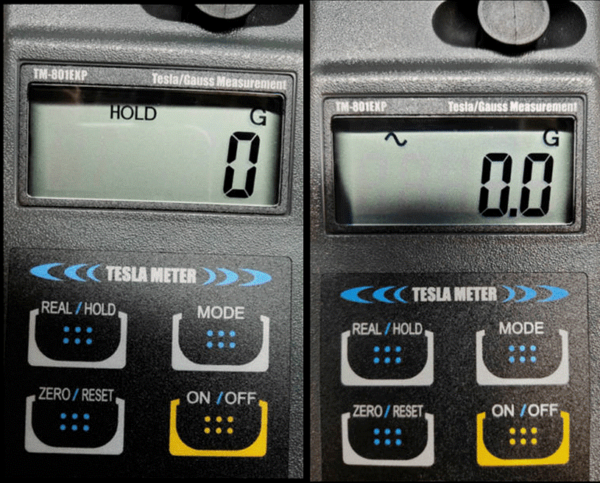
Precautions When Using a Gauss Meter
- When measuring surface magnetism, avoid excessively bending the probe. The Hall probe’s tip should lightly touch the magnet’s surface to ensure a stable measurement point and close contact without applying excessive pressure.
- The Hall probe can sense from both sides, but the measurements and polarity differ. The scale side is for convenient marking and should not be used for measurement. The non-scale side is the correct measurement surface.
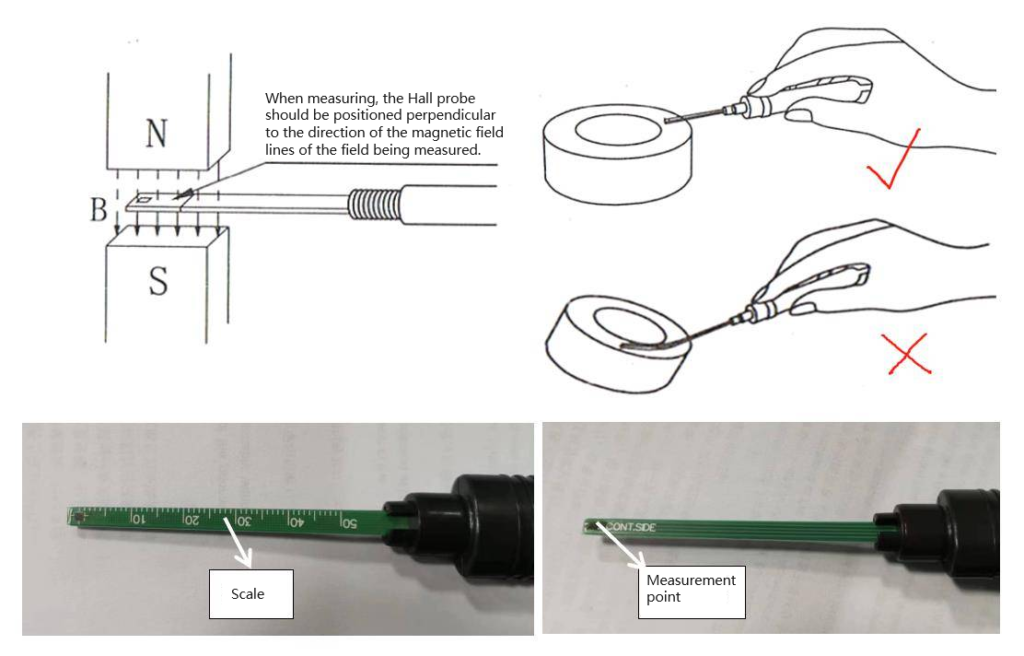
Understanding Magnetic Field Measurements
Gauss meters typically measure the magnetic field strength perpendicular to the measurement surface (Bz). For instance, in the simulation of a commonly magnetized Z-axis magnet, magnetic fields are vectors, and the field strength at the edges (B) can be stronger than at the center due to shorter magnetic circuit paths. However, Bz may not always be stronger at the edges; this is due to the limited measurement area of the Hall probe.
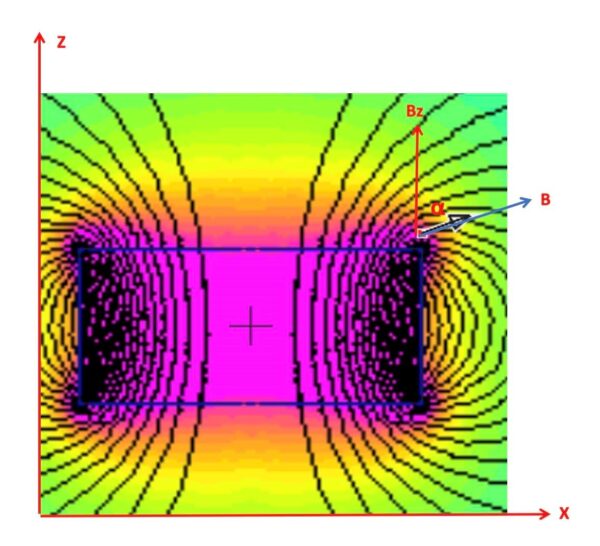
Understanding Magnetic Field Variations and Advanced Measurement Techniques
An important aspect to note is that the orientation of magnetization can significantly affect the measurement values, even on the same measuring surface. This variability is crucial in understanding and accurately interpreting magnetic field strengths.
For dynamic measurements or when there’s a need to combine magnetic field readings from different locations into a waveform curve, a magnetic field scanner is essential. This advanced device still relies on either unidirectional or three-dimensional Hall probes for measurement. However, it distinguishes itself by utilizing a designed measurement trajectory and data collection to output a comprehensive magnetic field measurement curve. This capability allows for a more detailed and dynamic analysis of magnetic fields, which is particularly useful in complex applications where understanding the behavior of magnetic fields over time or across different spatial points is critical.
By employing a magnetic field scanner, researchers and technicians can gain a more nuanced understanding of magnetic phenomena, enabling them to make more informed decisions in various industrial, scientific, and technological applications. This tool represents a significant advancement in magnetic field measurement, offering a higher level of precision and versatility in capturing the complexities of magnetic fields.
